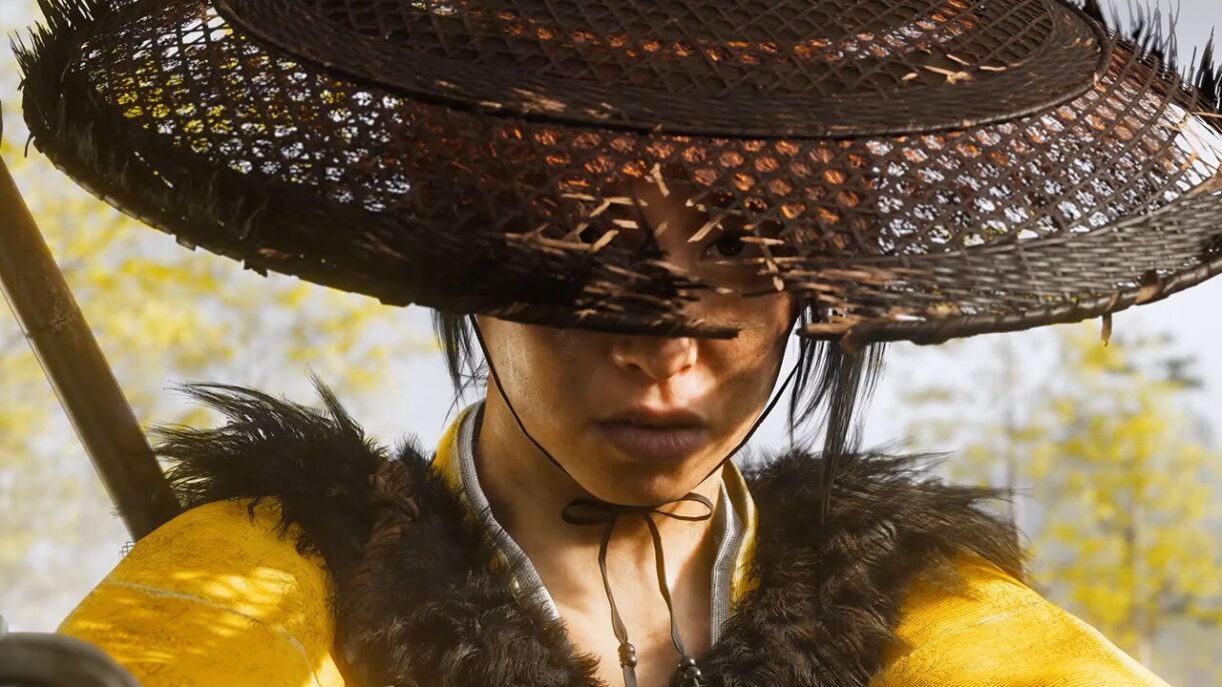Respectful Representation of Ainu Culture in Ghost of Yotei: Insights from the Director
Exploring Cultural Authenticity in Ghost of Yotei
In a recent update on Sony’s official PlayStation blog, Nate Fox, co-creative director of Sucker Punch Productions, provided deeper insights into the meticulous research behind Ghost of Yotei. Building on his previous contributions, Fox emphasized the studio’s dedication to portraying feudal Japan with cultural sensitivity, particularly focusing on their efforts to honor the indigenous Ainu people of northern Japan.
The Ainu: Japan’s Indigenous Heritage
The Ainu are an indigenous group native to Hokkaido, Japan’s northernmost main island, which serves as the setting for Ghost of Yotei. Their language, customs, spiritual beliefs, and traditions stand apart from the dominant Yamato (or Wajin) culture that comprises most of Japan’s population today. Recognizing their distinct identity, the game aims to reflect their history and cultural significance accurately and respectfully.
Historical Context: Hokkaido in the Early 1600s
The game is set during a transformative period in Japanese history — 1603 — the year when Tokugawa Ieyasu established the Tokugawa Shogunate. This marked the end of decades of civil conflict and the beginning of the Edo period, a time of peace and cultural flourishing with Edo (modern-day Tokyo) as the political center. Meanwhile, Hokkaido remained largely unsettled, characterized by its harsh winters and rugged terrain, making it a challenging environment for settlement.
Research and Cultural Respect
Nate Fox shared that the development team prioritized respectful cultural representation, which led them to collaborate with an Ainu cultural adviser before starting their research. The team was fortunate to be invited by the adviser to meet her family, an experience that involved foraging for vegetables in the mountains of Hokkaido. Fox described this as a meaningful way to connect with Ainu traditions and decided to incorporate foraging into the game, aiming to allow players to share in that authentic experience.
Field Research in Hokkaido
During their trip, the team explored the Oshima Peninsula, part of southern Hokkaido, which was historically controlled by the Matsumae clan in the 1600s. This clan was granted exclusive trading rights with the Ainu by the Tokugawa government. Fox pointed out that even today, the presence of cherry trees on the peninsula — brought from Honshu — hints at how sparsely populated and frontier-like Hokkaido was during that era. This landscape influenced the game’s depiction of wilderness areas between settlements, setting the stage for the protagonist Atsu’s quest for revenge against those who wronged her family.
Immersive Cultural Elements
The team also visited the Nibutani Ainu Museum, where they learned about traditional Ainu dwellings called cise. These houses differ markedly from Japanese-style homes and feature unique architectural elements. Insights gained from this visit helped shape the in-game depiction of Ainu objects and their functions. A scene from the official game trailer illustrates the interior of an cise, showcasing its large central hearth. The protagonist Atsu’s conversation with an Ainu woman, identifiable by her lip tattoo — a symbol of beauty and cultural identity — underscores the importance of visual storytelling. Historically, such tattoos were suppressed by the Japanese government in the late 1800s, following Hokkaido’s annexation, as part of efforts to assimilate the Ainu and eradicate their traditions.
Historical Perspectives and Cultural Challenges
For context, J.K. Goodrich’s 1888 account provides a detailed look at Ainu houses and the complex relations between the Ainu and Japanese during that period. These historical insights highlight the importance of accurately portraying the cultural tensions and interactions that have shaped Ainu history.
Incorporating Japan’s Edo Period Heritage
The research extended beyond Hokkaido to include visits to iconic sites like Nikko Toshogu, a shrine dedicated to Tokugawa Ieyasu. The team received a blessing from the enshrined deity, a meaningful gesture that Fox described as a highlight of their trip. They now display the ema (wooden plaques) and omamori (protective charms) obtained from Nikko Toshogu in their studio, serving as tangible reminders of their cultural exploration.
Authenticity Rooted in Real Experiences
Reflecting on their journey, Fox explained that although the Hokkaido depicted in the game is fictional, its authentic atmosphere is deeply rooted in the real-world experiences the team gathered. The contrast between Wajin/Edo culture and Ainu traditions promises to be a compelling aspect of Ghost of Yotei and offers players a glimpse into a nuanced historical landscape.
Verity Townsend is a freelance writer based in Japan. With experience as an editor, contributor, and translator for game news outlets, she has also written extensively about Japanese culture and cinema for various publications.

